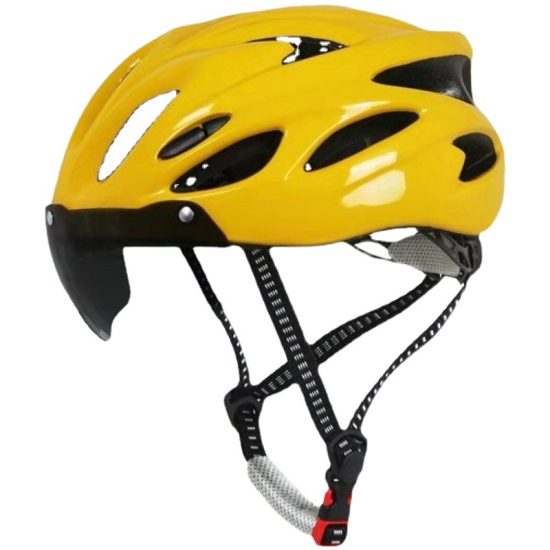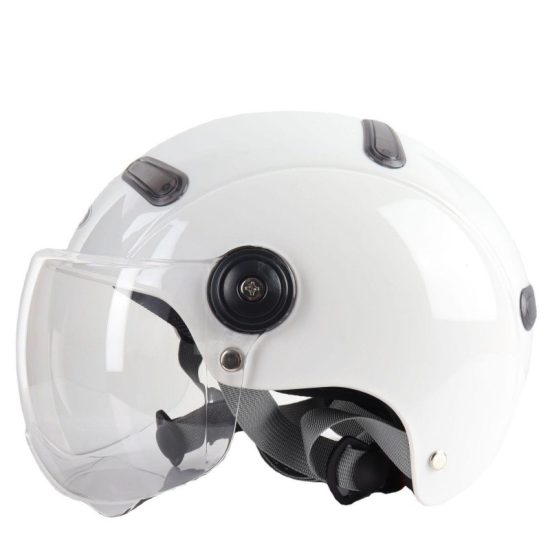Head protection is a critical aspect of workplace safety, and safety helmets are a key component of ensuring the well-being of workers in various industries. This guide will provide an overview of safety helmets, their importance, how to choose the right helmet, and tips for proper use and maintenance.
Importance of Safety Helmets:
- Protection from Head Injuries: Safety helmets are designed to protect the head from potential hazards such as falling objects, impact, electrical shocks, and more. They are essential in construction, manufacturing, mining, and other industries where head injuries are a significant risk.
- Compliance with Regulations: Many workplace safety regulations and standards mandate the use of safety helmets in specific situations. Compliance with these regulations is essential to avoid legal issues and ensure the safety of workers.
- Reduced Risk of Brain Injuries: Helmets can significantly reduce the risk of severe head injuries, including traumatic brain injuries (TBI), which can have long-lasting and life-altering consequences.
Choosing the Right Safety Helmet:
Selecting the appropriate safety helmet is crucial to ensure it provides the necessary protection. Consider the following factors when choosing a safety helmet:
- Type of Hazard: Identify the specific hazards in your workplace. Different helmets are designed for protection against different types of hazards, such as falling objects, electrical shocks, or impact.
- Certifications: Ensure the helmet complies with relevant safety standards and certifications, such as ANSI (American National Standards Institute) or EN (European Norm) standards.
- Fit and Comfort: The helmet should fit securely on the head without being too tight or too loose. It should also be comfortable for extended wear to encourage compliance.
- Suspension System: Check the suspension system inside the helmet. It should provide adequate cushioning and support.
- Accessories: Some helmets can be customized with accessories like face shields, earmuffs, or headlamps, depending on your specific needs.
Proper Use and Maintenance:
After selecting the right helmet, it’s essential to use and maintain it properly:
- Wear it Correctly: Adjust the straps and suspension system to ensure a snug fit. The helmet should sit level on your head and cover the top, sides, and back of your head.
- Inspect Regularly: Inspect the helmet before each use for signs of damage, such as cracks, dents, or wear and tear. Replace a damaged helmet immediately.
- Clean and Store Properly: Keep the helmet clean and free from contaminants. Store it in a cool, dry place away from direct sunlight and chemicals that may degrade the materials.
- Replace When Necessary: Helmets have a limited lifespan and should be replaced according to the manufacturer’s recommendations or if they sustain significant damage.
- Follow Workplace Procedures: Adhere to your workplace’s safety protocols and guidelines for helmet use.
In conclusion, safety helmets are a vital component of head protection in many industries. Choosing the right helmet, wearing it correctly, and maintaining it properly can significantly reduce the risk of head injuries and enhance workplace safety. Always prioritize safety in your workplace to protect yourself and your colleagues from potential hazards.


